Senseless violent tragedies in schools and workplaces across America weigh heavily on our minds. Workplace violence is the second leading cause of fatal occupational injuries in the United States, affecting nearly 2 million American workers each year. In 2021, there were 761 employee fatalities resulting from workplace violence incidents.
In fact, as of July, California mandates that most businesses implement a Workplace Violence Prevention Plan, complete with annual training for employees to recognize and respond to threats while at work.
Whether you operate in California or elsewhere, is your workplace prepared to prevent or deal with crisis? It’s a question every organization should contemplate. One critical need in any workplace is safety from potential threats, including the unthinkable possibility of an active shooter. Planning ahead could mean the difference between life and death.
While there are inherently always going to be high-risk industries like mining or construction, we can no longer be naïve to think that other acts that threaten our safety can’t happen sitting in an office cube. Whether it’s a disgruntled former employee or a random assailant, having a plan in place could save lives.
Even in less overtly dangerous environments like banks, annual active shooter training is standard protocol. In crisis, we flee, fight or freeze. Freezing occurs in the absence of knowledge and training. It’s a sobering reminder that while we hope never to use such training, preparedness is paramount.
Developing a Workplace Violence Prevention Plan may seem daunting at first. Perhaps that’s because it’s such a heavy topic to address. This isn’t a plan to carry out alone.
Together, with Compass or with an in-house team, we recommend taking these steps to get started:
- Identify the plan owners. Who is going to craft the plan and keep it current?
- Discuss potential risks. Who has access to the workspace? Is entering and leaving the workspace safe?
- Review current policies including workplace violence, anti-harassment, and safety. Are they clear and effective?
- Discuss ways to establish communication protocols. How can you communicate to your team if there is a threat?
- Identify evacuation routes.
- Document processes and communicate.
Taking it to the next level includes:
- Implement training that specializes in responding to active threat situations.
- Engage your benefits provider to leverage your employee assistance (EAP) program resources.
Let’s work together to safeguard your most valuable assets—your employees.
Contact us at info@wearecompass.com to learn how we can help keep you compliant and make sure your employees feel valued, seen, and heard.

